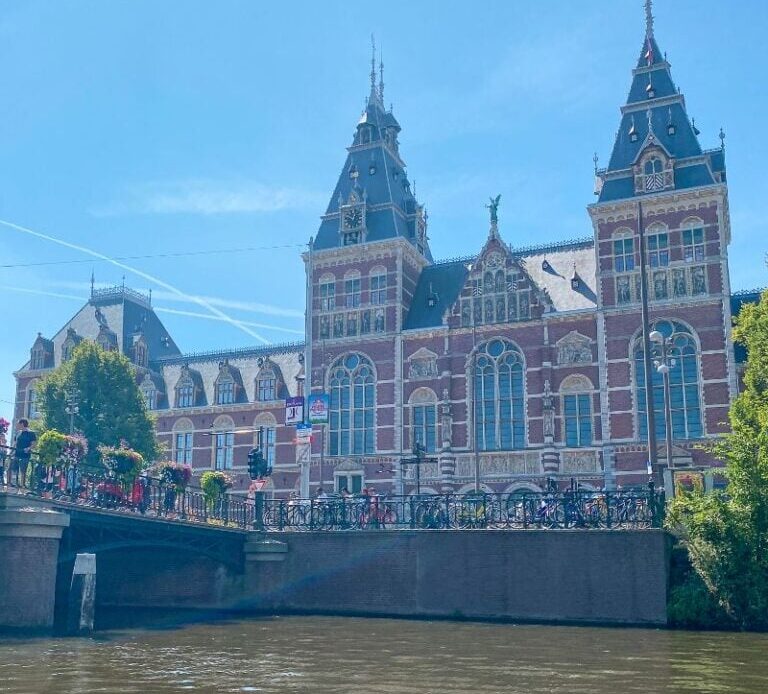Looking to visit Amsterdam? Make sure to include a stop at the Rijksmuseum, one of the top art museums in all of Europe, located at Museum Square in Amsterdam’s city center.
The Rijksmuseum is the Dutch national museum, housing an extensive collection of art and artifacts from the Middle Ages through the present day, focusing on masterpieces from Dutch history, such as The Night Watch by Rembrandt van Rijn, as well as various works by Vincent van Gogh and Johannes Vermeer, and other artists from the Dutch Golden Age.
Opened over 160 years ago, the Rijksmuseum has become one of Europe’s leading cultural institutions and one of the most visited Amsterdam museums. The museum features a vast collection of art by the world’s greatest painters, as well as other important cultural works that need to be witnessed in-person if presented the opportunity.
The Rijksmuseum truly is a national treasure and should be on everyone’s list when visiting the Dutch capital. To help you get started on your planning, we’ve compiled a list of everything you need to know before visiting the museum. Keep reading to find out our top tips in this Rijksmuseum travel guide.
What to Know When Visiting the Rijksmuseum, Amsterdam
1. Where is it?
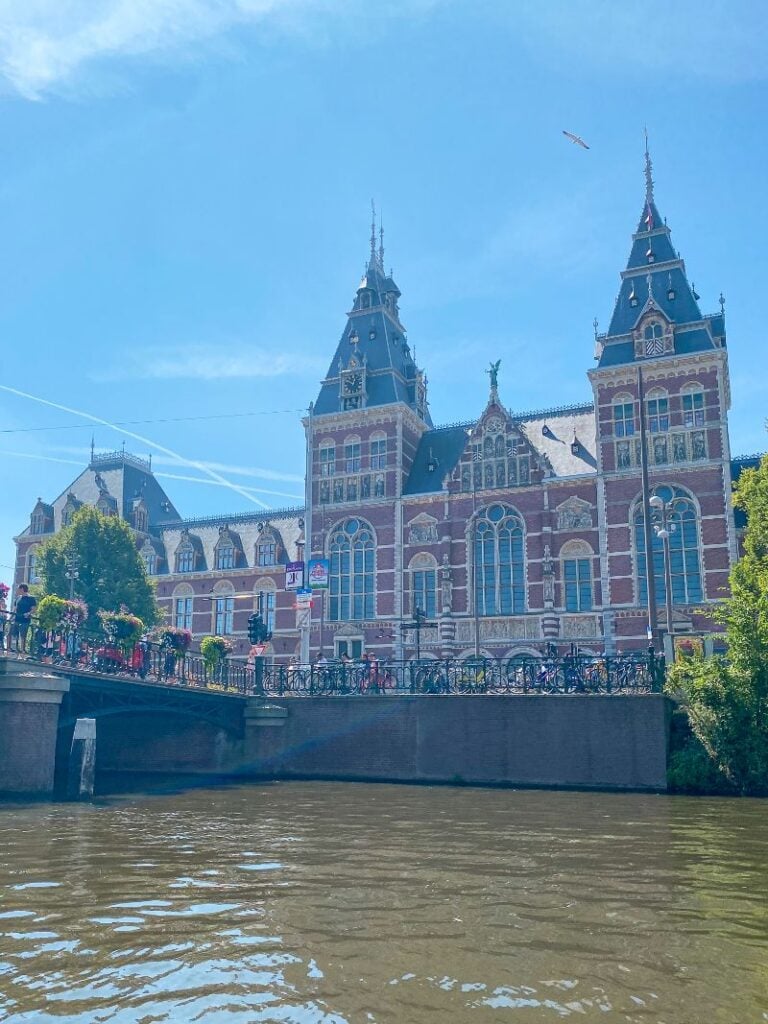
The Rijksmuseum is located at Museumstraat 1, 1071 XX Amsterdam, Netherlands.
2. What can you see at the museum?
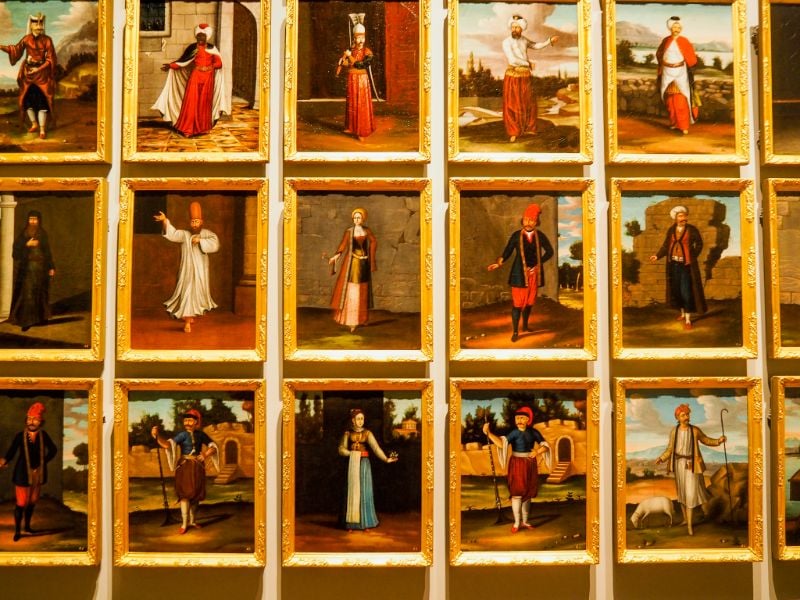
The institution is home to an impressive array of art and artifacts, ranging from paintings by Dutch masters to Asian porcelain and decorative arts. There are hundreds of sculptures located throughout the museum, including works by renowned sculptors such as Auguste Rodin and Antoine-Louis Barye.
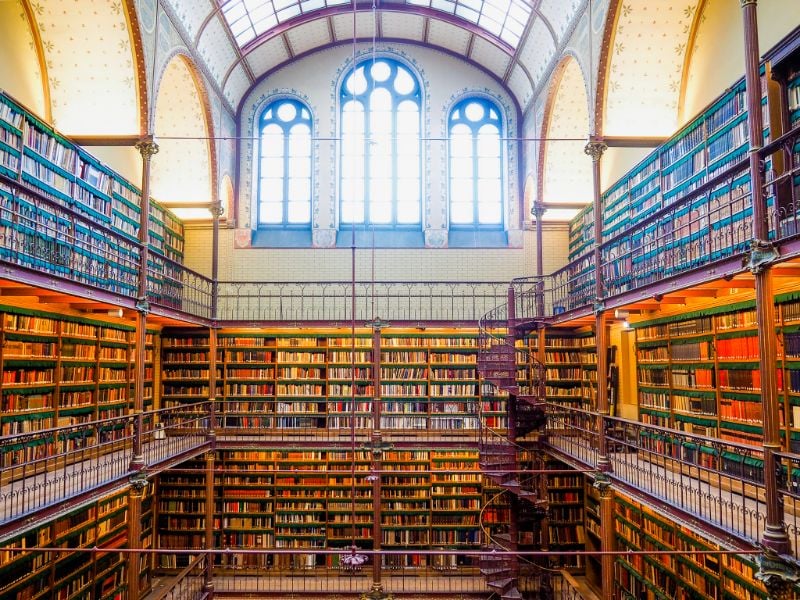
Additionally, the museum contains an extensive library and various archives, making it an important center for research. The famous Cuypers Library is not just aesthetically pleasing, but also home to the largest collection of art history resources in the world. Visitors can admire the optical illusions of the large library, or even hit the books and study.
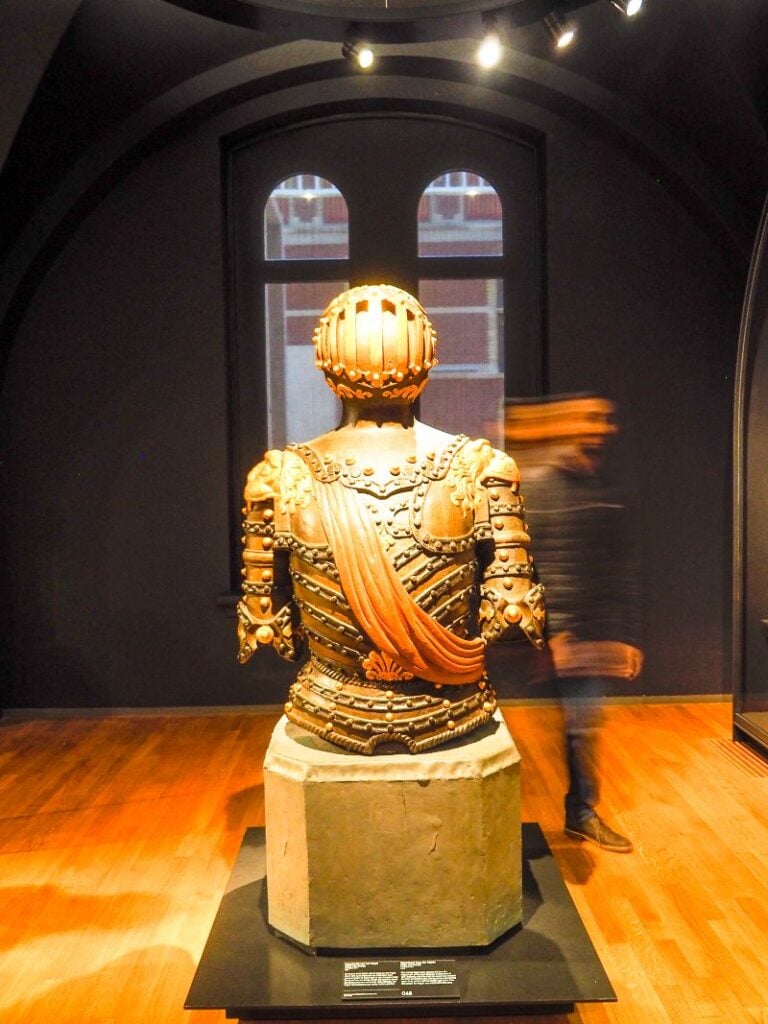
The Philips Wing is another space dedicated to hosting temporary exhibitions. Many of the pieces here come from both the museum’s own collection, as well as on loan from high-profile artists worldwide.
There is also the Asian Pavilion, which houses a variety of pieces from China, Japan, Vietnam, and more across the continent. Pieces here range from 2,000 B.C. to 2,000…
Click Here to Read the Full Original Article at ViaTravelers…
